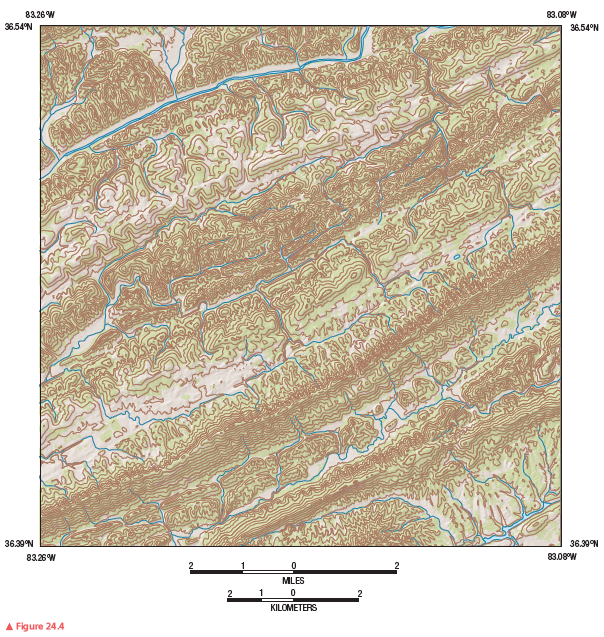The energy "lost" by a system is ____.
A. converted into an equal amount of matter
B. equal to the energy the system creates
C. converted to lower quality energy
D. returned to the system eventually
E. converted to higher quality energy
Answer: C
You might also like to view...
Given this value, determine the maximum relief shown:
Figure 24.8 is a portion of the Philipp, Mississippi, 7.5-minute quadrangle in northwestern Mississippi. The Tallahatchie River flows through the landscape from west to east. (Remember to use the topographic map symbol legend inside the front cover of this manual.)
Review Figure 24.4, analyze Figure 24.8 closely, and answer the following questions and completion items about Figure 24.8.


What was the astronomer Eratosthenes responsible for?
A) calculating that a rotating planet would not be perfectly spherical B) determining the mass of Earth C) determining that the Earth has a distinct concentration of high-density material near the center D) using simple surveying and measurements of shadows in sunlight to estimate Earth's size
One of the major problems associated with long-term, high-level nuclear waste storage is
A) selecting an environment that will remain stable for more than 10,000 years. B) determining a cost-effective way to shoot waste into space. C) figuring out how to contain the material so that it does not leak into the ocean. D) creating a secure environment to protect the material from terrorists.
Initially, there was much discussion followed by anticipation surrounding the implementation of NAFTA. Trade between the United States and Mexico is little changed since its inception
Indicate whether the statement is true or false